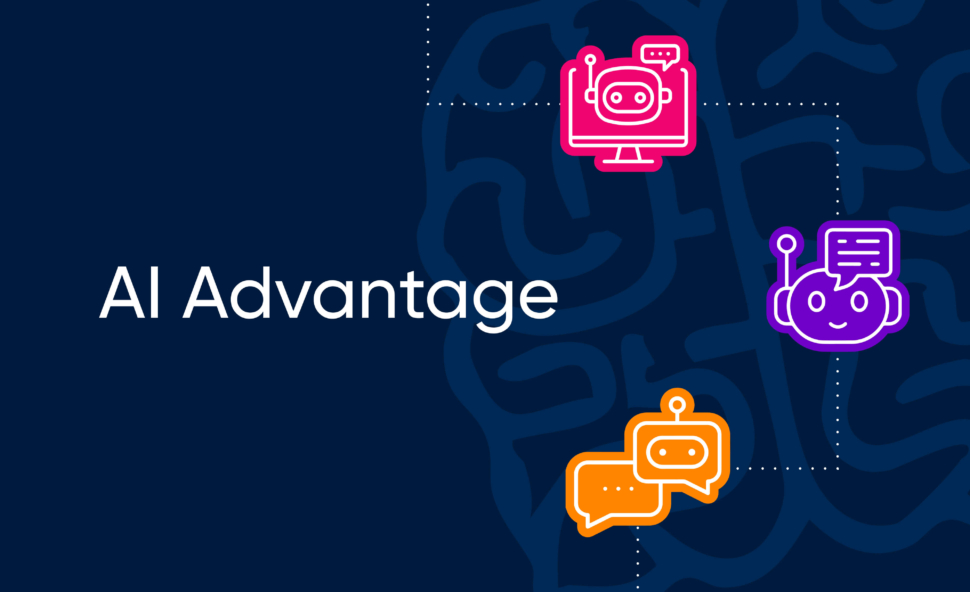Table of Contents
As artificial intelligence becomes increasingly integrated into educational environments, schools face a critical question: How do we harness AI’s educational benefits while maintaining safety, integrity, and responsible use?
The answer lies in developing a comprehensive AI policy that works for your unique school community. But where do you start? This essential guide breaks down everything you need to know to create clear, practical AI guidelines that help everyone—from students to administrators—use AI responsibly and effectively.
Why Your School Needs an AI Policy
AI tools are already in your classrooms, whether officially sanctioned or not. Students are using AI for homework help, teachers are exploring AI-powered lesson planning, and administrators are considering AI solutions for operations. Without clear guidelines, this organic adoption can lead to inconsistent practices, ethical concerns, and missed opportunities.
A well-crafted AI policy provides the framework for maximizing AI’s educational benefits while protecting your school community and maintaining academic standards.
Start with Community Input
Important Note: Before diving into policy details, bring everyone to the table. Include school leaders, teachers, technology staff, parents, and students in your policy development process. Getting input from your entire school community ensures your AI policy addresses real needs and concerns while building buy-in for successful implementation.
The Essential AI Policy Checklist
1. Statement of Purpose
Begin your policy by clearly explaining why your school is embracing AI. Your purpose statement should address:
- Educational benefits AI provides to teaching and learning
- Academic integrity commitment and how AI supports rather than undermines it
- Future preparation for students entering an AI-integrated world
- School values and how AI aligns with your educational mission
2. Definition and Scope
Clearly define what constitutes AI tools and which technologies your policy covers. Be specific about:
- Types of AI tools (educational platforms like BrainFreeze, general AI assistants, subject-specific tools)
- Coverage boundaries (which tools are included, excluded, or require special approval)
- Platform specifications (approved vendors, security requirements, data handling standards)
3. Acceptable Use Guidelines
Create clear, role-specific guidelines with concrete examples for different user groups:
For Students:
- Creativity: Using AI to brainstorm ideas, generate visual content, or explore creative writing prompts
- Collaboration: AI-facilitated group projects and peer learning experiences
- Communication: Language translation support and accessibility tools
- Tutoring: 24/7 homework help and concept clarification
For Teachers:
- Content Development: Lesson plan creation, worksheet generation, and curriculum alignment
- Collaboration: Sharing best practices and co-creating educational materials
- Professional Development: Exploring new teaching methodologies and staying current with educational trends
- Research: Gathering educational resources and staying informed about pedagogical innovations
For Administrators & Staff:
- Policy Development: Data-driven decision making and policy analysis
- Insights & Analytics: Student performance analysis and operational optimization
- Operational Efficiency: Streamlining administrative tasks and communication workflows
4. Prohibited Uses
Establish clear boundaries to protect against misuse:
- Plagiarism and Cheating: Using AI to complete assignments without disclosure or learning
- Bullying: Creating harmful content or impersonating others
- Overreliance: Replacing critical thinking and learning with AI-generated responses
- Sensitive Applications: Using AI for grading, disciplinary measures, or admission decisions without human oversight
5. Legal and Regulatory Compliance
Ensure your policy addresses applicable laws and regulations:
- Data Privacy Laws: COPPA, FERPA, GDPR, and state-specific requirements
- Vendor Standards: Requiring AI providers to be members of accredited student data privacy associations
- Audit Requirements: Regular compliance reviews and documentation
- Incident Response: Procedures for addressing policy violations or data breaches
6. Attribution Framework
Develop transparent guidelines for AI use disclosure:
- When to Disclose: Clear criteria for when students must reveal AI assistance
- How to Cite: Appropriate citation formats for AI-assisted work
- Teacher Communication: Methods for educators to set and communicate expectations
- Assessment Considerations: How AI use affects grading and evaluation
Implementation Best Practices
Start Small and Scale
Don’t implement your AI policy school-wide immediately. Instead:
- Pilot with one class or department to test effectiveness
- Gather feedback from early adopters and users
- Make adjustments based on real-world experiences
- Gradually expand once you’ve refined your approach
Keep It Current
AI technology evolves rapidly, and your policy should too:
- Schedule regular reviews (quarterly or semi-annually)
- Monitor AI developments in education and update accordingly
- Collect ongoing feedback from your school community
- Stay flexible while maintaining core principles
Building Your AI-Ready School Culture
Creating an effective AI policy is just the beginning. Success requires fostering a culture of responsible AI use where:
- Transparency is valued over secrecy
- Learning is prioritized over efficiency shortcuts
- Ethics guide technology adoption
- Innovation is balanced with responsibility
Your Next Steps
Ready to develop your school’s AI policy? Start by:
- Assembling your policy team with diverse school community representation
- Reviewing your current technology policies to identify gaps and overlaps
- Researching AI tools your community is already using
- Drafting your initial framework using this checklist as your guide
- Planning your pilot program for policy testing and refinement
Remember, the best AI policy is one that evolves with your school’s needs while maintaining focus on student success, educational integrity, and responsible innovation.
Get Expert Support
Developing an AI policy can feel overwhelming, but you don’t have to do it alone. Platforms like BrainFreeze not only provide secure, education-focused AI tools but also offer resources and support to help schools implement AI responsibly.
Ready to explore how AI can enhance your educational environment safely and effectively?
Contact BrainFreeze to learn more about creating AI policies that work and implementing AI solutions built specifically for education.



